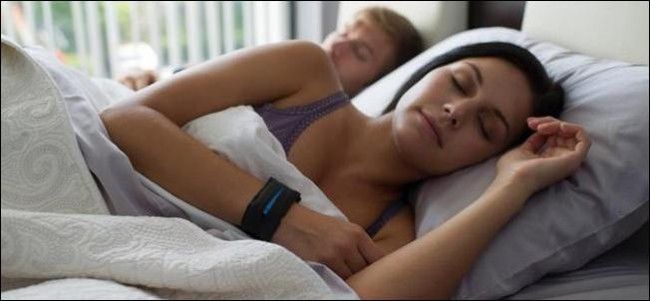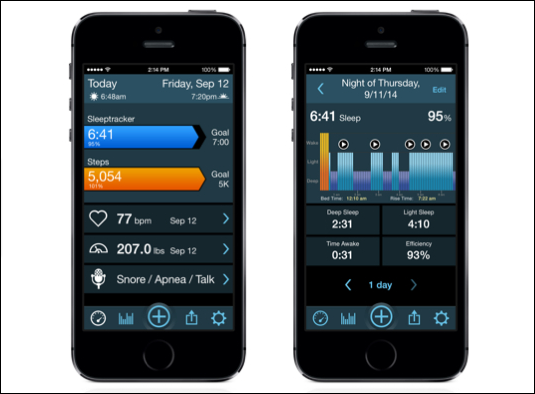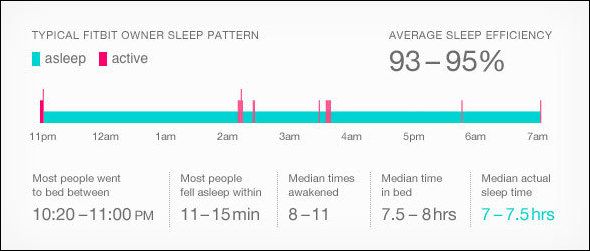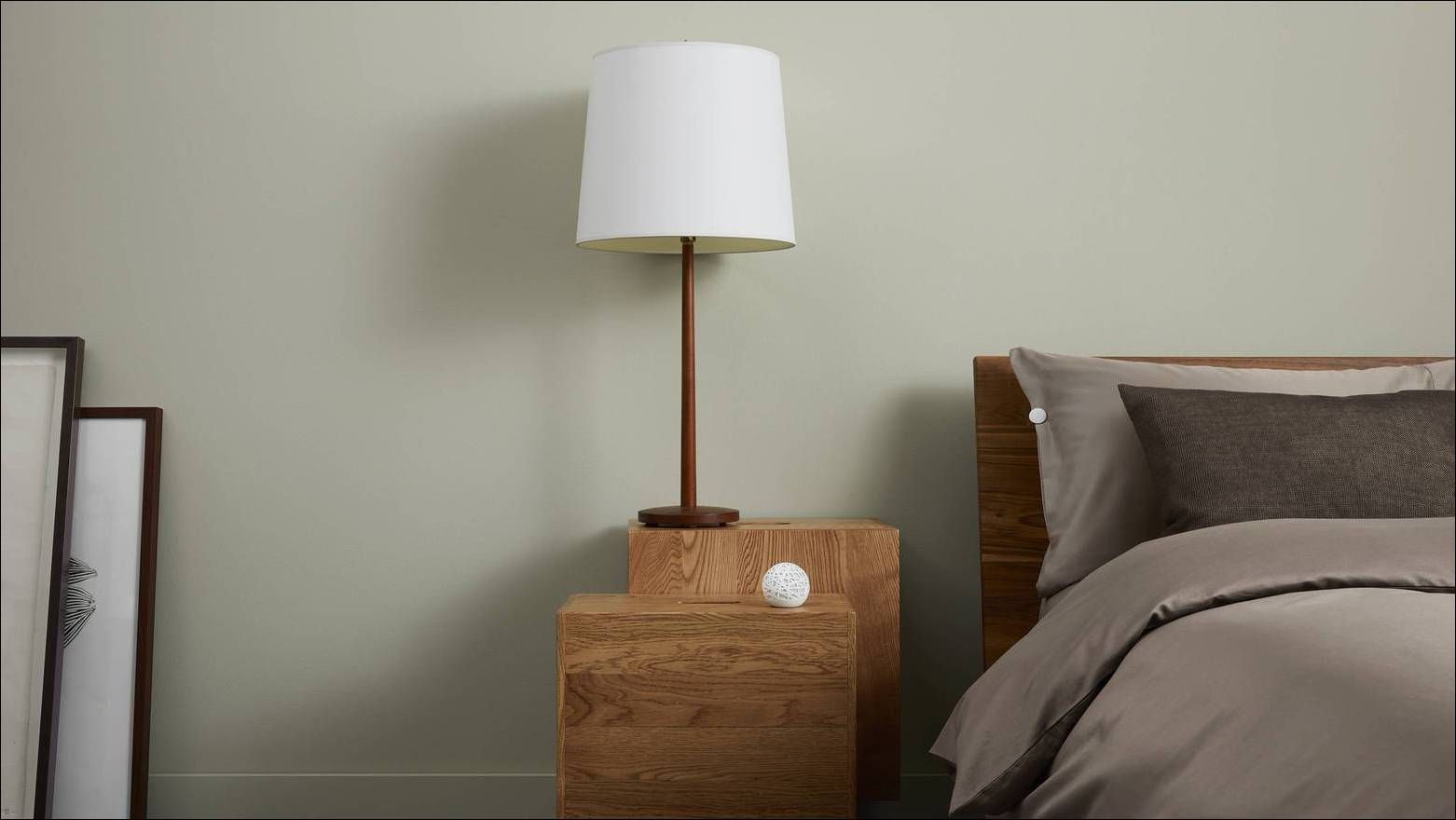Here’s something you probably didn’t know you were doing wrong: getting a good night's sleep.
According to a poll conducted earlier this year, more than 75 percent of Americans don’t get as much sleep as they should, meaning more of us than ever before are spending our days tired, spaced out, and not nearly as productive as we could be due to lost hours that should have been spent slumbering in the sack.
This is where sleep trackers come in. By monitoring key vitals like your heartbeat, how often you fuss about, and the time you actually fell asleep as opposed to when you got in bed, a combination of hardware and software applications can calculate the optimal time that you’re in and out of REM, and wake you up accordingly.
For example, if you’ve ever woken up from a nap feeling more like you got hit by a truck than laying peacefully on the couch for two hours, it’s because instead of waking up at the lull of a 90-minute cycle, you crashed through the middle of REM and came to during the most vital part of your rest.
These apps and peripherals can help to better optimize how you recharge your batteries each night, and be sure that whenever you wake up, whether it’s only been six hours or ten, you’ll feel just as refreshed and ready to tackle the day.
Motion X 24/7
MotionX 24/7 is a fitness app on the surface, but right below that it’s so much more.
Yes, you can track your weight with it, health goals, diet, etc, but where the app really shines is in its added sleep tracking features. By turning on the sleep tracker, you can not only tell the app how long your sleep goal is for the night, but it will also activate the microphone and motion sensor at the same time.
Either stick your phone in an armband or place it next to your pillow, and the app will keep a close eye on how much movement you’re making, whether you’re snoring/suffering from any degree of sleep apnea, and use that data to form a broad picture of when you’re in what’s called “deep sleep” (or REM), and when you’re ready to be woken up in the lightest cycle of rest.
Far and away my favorite feature of MotionX has to be the way in which it actually wakes you up after it’s determined the optimal moment within your set schedule. Instead of a loud, clanging alarm bell that jolts you out of your blissful state, MotionX will lightly start playing the sound of trees rustling and birds whistling, and slowly bring it up louder and louder until it detects you’re finally awake.
Although I can’t accurately explain just how pleasant the sensation is in words, once you experience it for yourself, you’ll wonder how you ever woke up any other way.
We also like MotionX because although you can connect it to a number of different fitness peripherals if you want to, the app works just fine as a standalone program using just the sensors already installed in your smartphone.
You can download MotionX 24/7 on the iOS App Store for only $0.99 cents.
Apple Watch/FitBit/Jawbone UP
While there are already a million fitness trackers out there, only a few are equipped with the right hardware and software pairings to help you get the most both out of the energy you spend in your workouts, along with the time you use to recover.
All the peripherals mentioned here come with both heartbeat sensors and gyroscopes attached in the wrist, which communicate these signals back to their respective apps on your phone to keep your sleep tracking up to date.
Though it hasn’t hit yet, Apple says we can expect Apple Watch to coordinate with iOS’ integrated Apple Health for sleep tracking options in a future update, while third-party wearables like the FitBit and Jawbone can connect to a dozen different programs on the Google Play or iTunes App Store today.
Some of our preferred choices include MotionX 24/7 (mentioned above), as well as SleepBot, Sleep as Android (for the Google faithful), and SleepCycle. FitBit also comes with its own proprietary sleep tracking software, which can be accessed from your account on the company’s user portal and main website.
Sense
Unlike other trackers, Sense is an entirely independent sleep-centric product, designed from day one to help to detect whether or not your bedroom is in the ideal state to ensure you’re set up to have the best night of rest you can get.
By measuring environmental factors like ambient noise, extra light, temperature/humidity, and even the amount of particulate matter in the air (dust, dirt, anything that might clog your sinuses in the night), Sense will give you far and away the most detailed sleep report imaginable. This includes not only how much sleep you’re getting or what part of the 90-minute sleep cycle you woke up during, but also many of the other, less immediately noticeable nuances that could be adding up over weeks or months to contribute to a constant state of overall exhaustion.
Sense is great if wearing your fitness tracker or smartwatch to bed sounds too burdensome, or if the the idea of putting a phone next to your pillow sounds like a recipe for a cracked screen on the floor in the morning.
Sitting next to the admittedly gorgeous base station is what the company calls the “Sleep Pill”, which is a small device that connects to your phone and provides accurate realtime data on the status of your sleep as it’s happening in the moment.
By combining motion data with the status of your sleeping environment, the key to a better night’s rest is waiting just over the next fluffy cloud.
You can order your Sense and Sleep Pill combo today for $99 off the company’s website.
So the next time you’re getting ready for bed; turn off that screen, pick up a book, and strap on your heartbeat sensor, because your dreams will never be sweeter than they are with a proper night’s rest.
Image Credits: Lark Technologies, MotionX 24/7, Fitbit Blog, Hello




